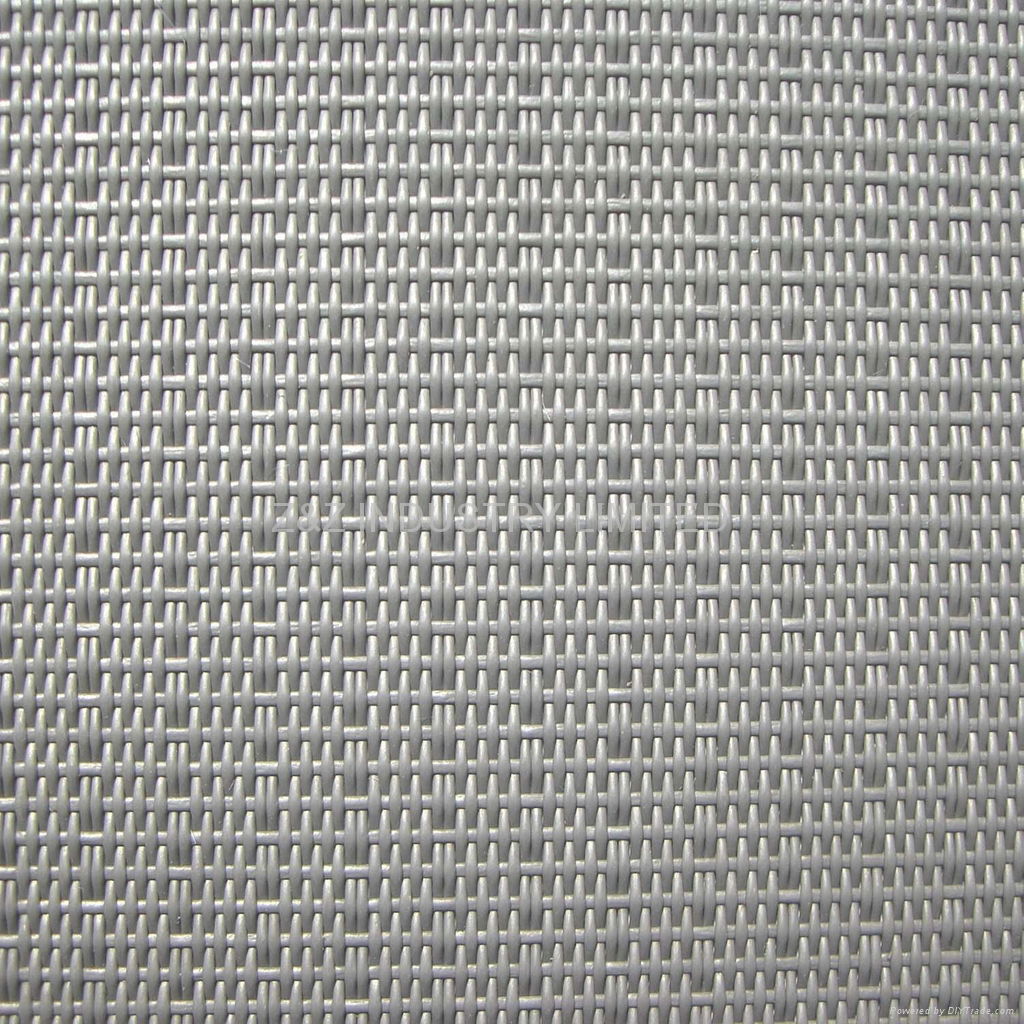Year 9 FABRIC Structures Revision

Knowledge of Fabric structures (woven,knitted, non woven)
Questions and Answers
- 1.
The interlooping of sets of yarns forms what type of fabric?
- A.
Twill weave fabric
- B.
Plain weave fabric
- C.
A knitted fabric
- D.
Non of the abouve
Correct Answer
C. A knitted fabricExplanation
The interlooping of sets of yarns forms a knitted fabric. In knitting, loops of yarn are formed and interlocked together to create a fabric. This process allows for flexibility and stretch in the fabric, making it suitable for various garments and textiles. Unlike plain weave or twill weave fabrics, which are created through the interlacing of yarns in a specific pattern, knitting involves the interlooping of yarns in a continuous manner, resulting in a distinct knitted texture.Rate this question:
-
- 2.
Formation of a fabric directly from fibres is known as
- A.
A woven fabric structure
- B.
A knitted fabric structure
- C.
A non woven fabric structure
- D.
Non of the above
Correct Answer
C. A non woven fabric structureExplanation
Non-woven fabric is produced directly from fibers without the need for weaving or knitting. It is made by bonding or interlocking fibers together through various methods such as heat, chemicals, or mechanical processes. This creates a fabric structure that is different from woven or knitted fabrics, which are made by interlacing yarns together. Therefore, the correct answer is a non-woven fabric structure.Rate this question:
-
- 3.
The image below is of a __________________________ fabric structure.
Correct Answer
Woven Weave Plain weaveExplanation
The correct answer is "Woven" because the image shows a fabric structure that is made by interlacing two sets of yarns at right angles to each other, creating a pattern of crisscrossing threads. This type of fabric is commonly known as a woven fabric. The terms "weave" and "plain weave" are also correct, as they both refer to the specific method of interlacing the yarns in a simple over-under pattern.Rate this question:
- 4.
The green yarns on this fabric are refered to as __________________ yarns.
- A.
Warp yarns
- B.
Weft yarns
- C.
Courses
- D.
Wales
Correct Answer
A. Warp yarnsExplanation
The green yarns on this fabric are referred to as warp yarns.Rate this question:
-
- 5.
List 3 properties of a knitted fabric______________________________________________________
Correct Answer
comfortable crease resistant good drape wrinkle resistance stretchesExplanation
The given answer lists five properties of a knitted fabric: comfortable, crease resistant, good drape, wrinkle resistance, and stretches. These properties highlight the benefits of knitted fabrics. Knitted fabrics are known for their comfort as they are soft and flexible. They are also crease resistant, meaning they do not easily develop wrinkles or creases. Additionally, knitted fabrics have a good drape, meaning they hang well and flow smoothly. They also have wrinkle resistance, meaning they are less likely to wrinkle. Lastly, knitted fabrics have the ability to stretch, providing flexibility and ease of movement.Rate this question:
- 6.
Non wovens are commonly used for disposible clothing and cleaning clothes because they are ___________________ to manufacture.
Correct Answer
inexpensive cheapExplanation
Non-wovens are commonly used for disposable clothing and cleaning clothes because they are inexpensive to manufacture. This means that the production cost of non-woven materials is relatively low, making them a cost-effective option for disposable clothing and cleaning clothes. The use of inexpensive materials allows for the production of affordable disposable clothing and cleaning clothes, making them accessible to a wider range of consumers.Rate this question:
Quiz Review Timeline +
Our quizzes are rigorously reviewed, monitored and continuously updated by our expert board to maintain accuracy, relevance, and timeliness.
-
Current Version
-
Mar 20, 2023Quiz Edited by
ProProfs Editorial Team -
Oct 29, 2009Quiz Created by
Sfrawley
 Back to top
Back to top



